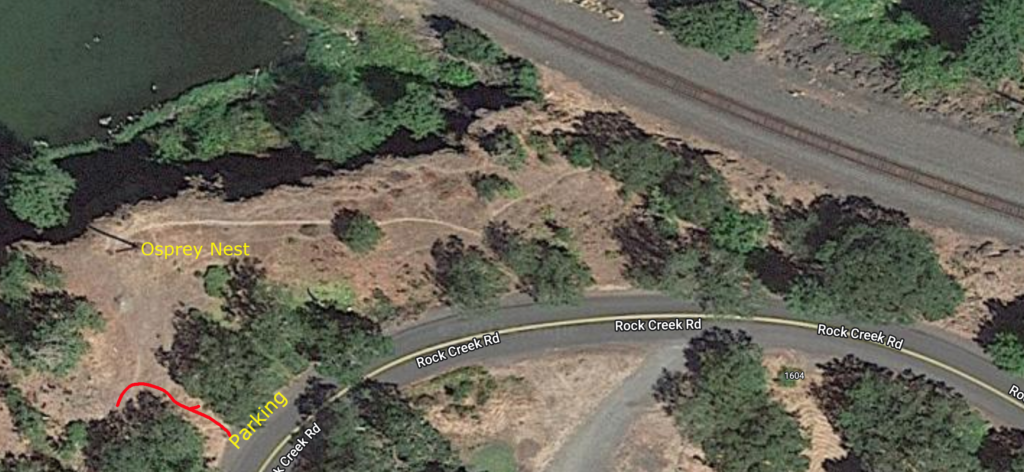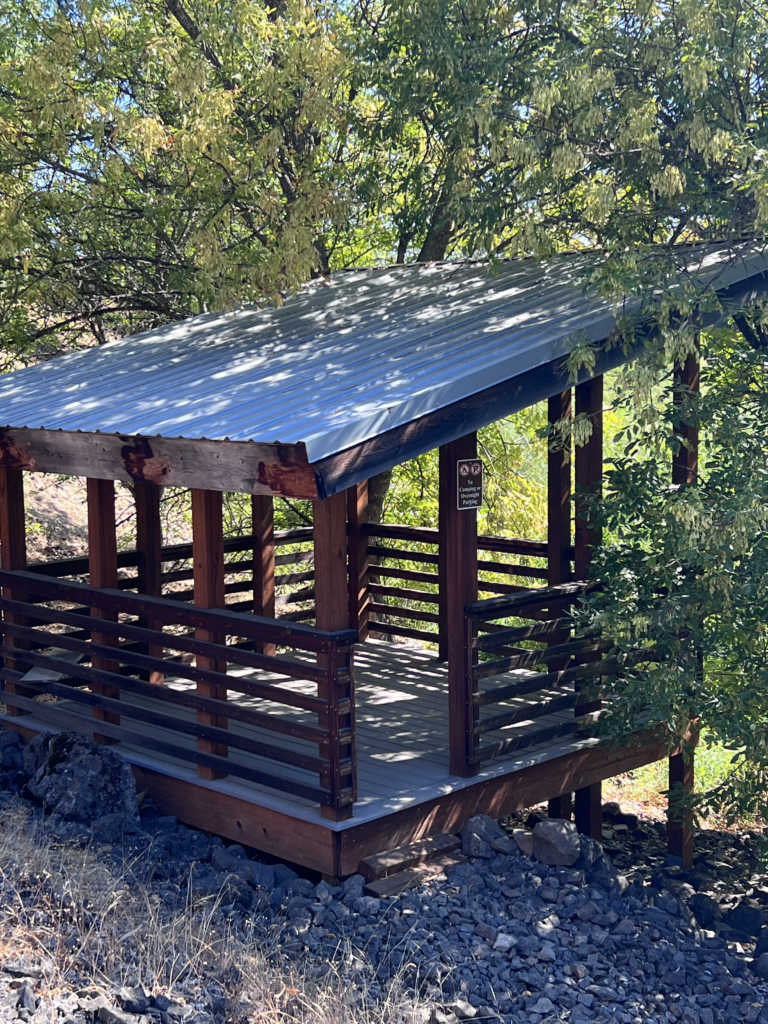Cascades Birding Trail
Mosier is home to two sites in the Mount Hood Loop of the Oregon Cascades Birding Trail:
- Mosier Waterfront Park
Sandwiched between and along I 5 and the railroad are three shallow bodies of water and wetland that serve as habitat for a variety of birds, including: Great Blue Heron, Bald and Golden Eagle, Osprey, Blue-winged Teal, Wood Duck, Anna’s and Calliope Hummingbird, Cliff Swallow, and Vaux’s Swift. See the Waterfront and Lake Trail in the Hiking page.
- Twin Tunnels
See the description on the Biking & Hiking page for more about this trail.
Habitat includes mixed conifer and hardwood forest with ferns, big-leaf maple, Douglas-fir, oak woodlands, grasslands, basalt rock outcrops and standing dead trees.
Common bird sightings along the way include Black-headed Grosbeak, Western
Tanager, and Brown Creeper, along with wintering Hermit Thrush and Canyon Wren; at the Hood River trail entrance, nesting Olive-sided Flycatcher, while near the Mosier trail entrance, Ash-throated Flycatcher is regular.
Osprey Nesting Platform
On the bluff above Western Lake perches a pole with a platform on top, where each year an osprey couple comes to hatch and raise their young. A set of chairs has been provided for you to sit and watch the nesting activities.
You can walk, bike, or drive the short distance from downtown Mosier. Just head west on Rock Creek Rd., and when the road starts to rise and you reach a nearly 180° curve to the left, you’re there.

Important! Despite the fact that there’s a trail to the platform, please do NOT approach it, since that can disturb the birds, and there’s no point in having this platform and viewing chairs if the birds don’t feel comfortable doing their thing here.
Walk quietly where the red line indicates, around to the left where the chairs are.
East Lake Bird Blind
On the west side of East Lake, in a cluster of trees, is a wooden bird blind intended to allow us to observe birds in the lake without disturbing them.

The route to the bird blind from Rock Creek.

Note that depending on the maintenance schedule, vegetation may grow up in front of the blind and obscure some or most of the view.




